
Koenraad Lasure, Method Engineer TM Herbosch-Kiere / Jan De Nul
Isabelle D’hooghe, Project Engineer Flemish Government
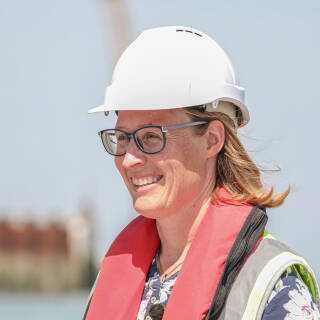
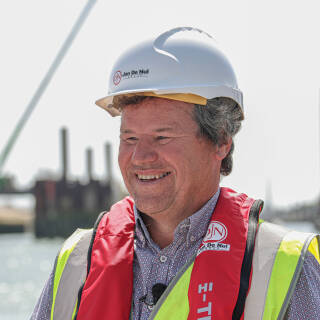
More details?
Read the first article of this FOCUS.



great people for
great projects
The transport and installation of the concrete threshold is a team effort. Talented people put their minds and efforts together to make the impossible possible. And for such great projects, we are still looking for great people. Join us and help us realise major projects.
At Jan De Nul, size matters.

Higher and wider beaches can break the impact of the waves more easily. In Brazil, we widened the beach of Camboriú from 25 m to 70 m over a length of 5,5 km.
By using natural materials, we enable nature to develop and maintain itself. On the Prins Hendrik Sand Dyke, we created a new dune landscape to reinforce the existing dyke.
Other solutions for coastline protection
A storm surge barrier is only one solution to protect the coastline. Other possibilities, such as nature-based solutions and beach replenishments focus on strengthening nature itself.
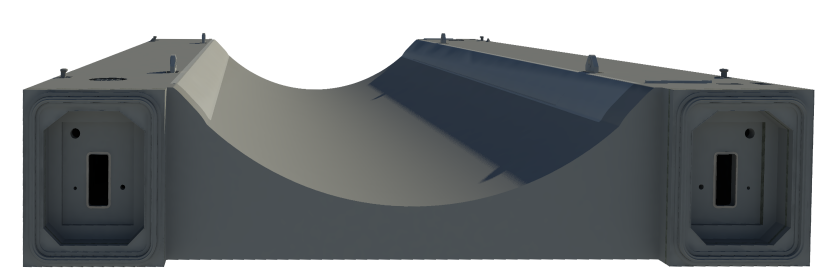
How does a storm surge barrier work?
What’s next?
The threshold is designed to last at least 100 years on the seabed of the access channel. In 2024, the steel barrier of 1,300 tonnes will be installed. In 2025, the storm surge barrier will be ready to protect the coastline against the forces of nature.
Hours
Km



1 day
6 hours
12 hours
Installation
24 h

Ostend – Nieuwpoort
6 h

Kallo – Ostend
12 h







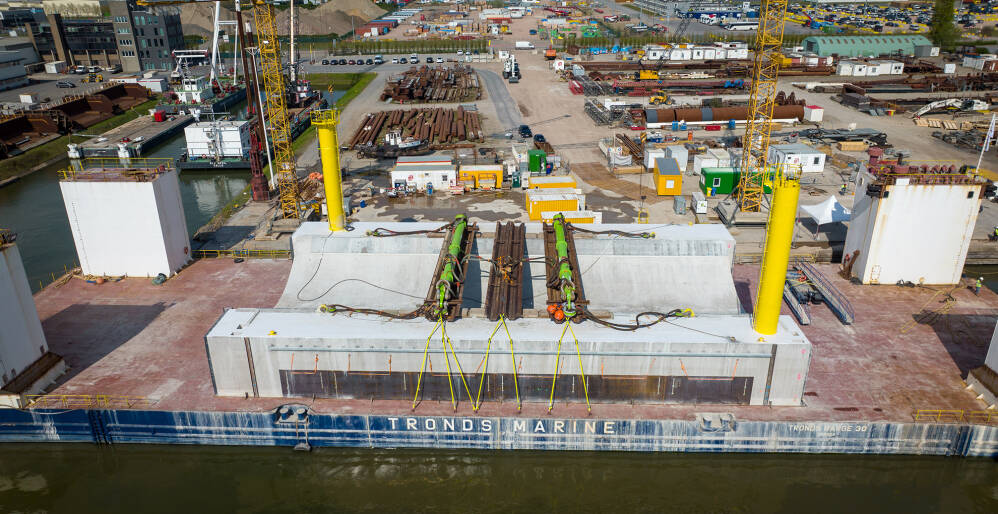
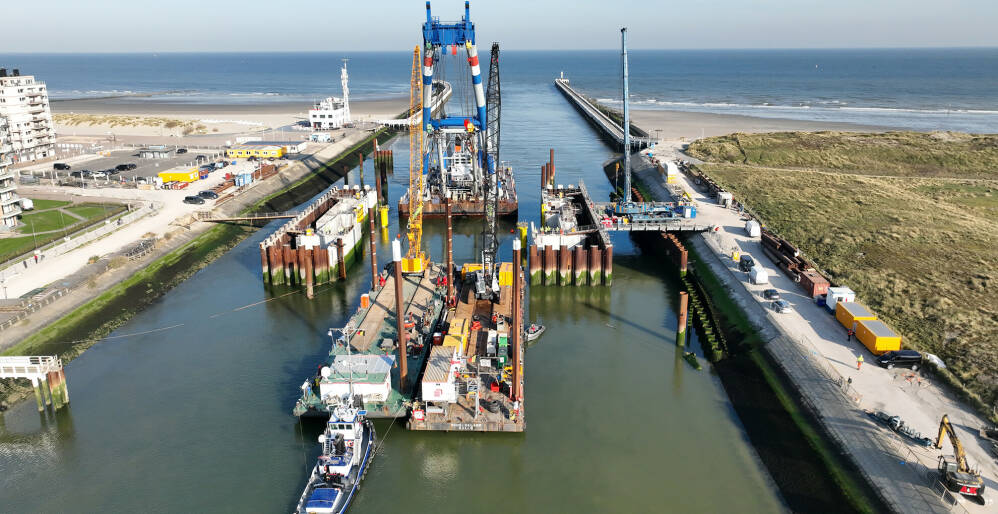
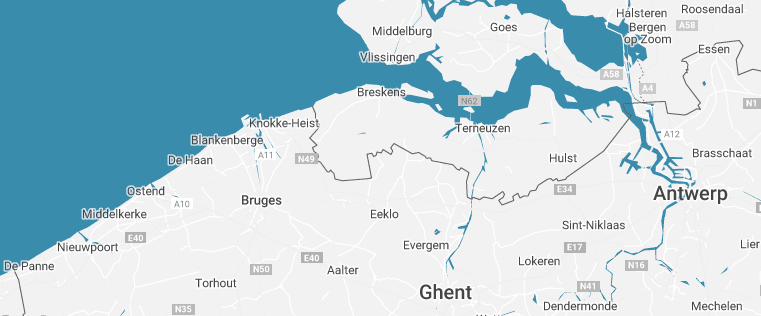
The engineers of Jan De Nul worked out a solution to make the impossible possible. They proposed to build the threshold on a pontoon, that could later be immersed. By transporting the threshold under water, they were able to reduce the weight to 1,200 tonnes. Then, it was time for the most difficult part: the installation of the threshold in the access channel.
The storm surge barrier in Nieuwpoort protects our coastline against heavy storms that occur every 10 years. Even more, it can withstand a 1000-year storm with waves up to 8 metres high. One of the components of this ingenious construction is a 4,500 tonnes threshold, installed on the seabed of the access channel. To minimize the impact on shipping and the port’s activities, the threshold was constructed on a barge 105 km away. The biggest challenge, however, was yet to come: the transportation and installation of such a large structure, and the installation with a tolerance of only one centimeter.
Around 3.3 to 3.6 billion people are extremely vulnerable to the consequences of climate change. Some of the most affected areas are the European coastlines. Their inhabitants are threatened by rising sea levels and heavy storm surges. In Flanders, the government works together with private partners to protect the 67 km long coastline and the hinterland. A storm surge barrier in Nieuwpoort is one of the masterpieces.
Once arrived at the storm surge barrier, our team could take on the final challenge: the installation on the seabed of the access channel, between the two abutments. With a completely submerged construction and a tolerance of only one centimetre, the operation was a daring feat for all partners involved. Besides the crane vessel, we had two cranes operating from the shore, different teams in the threshold and on both sides of the shore, and divers on stand-by. An important role was set out for the survey team, which guided us to the exact location, with the help of a set of horizontal and vertical beams. After some finetuning with a set of hydraulic jacks, the water pressure pushed the threshold to shore, creating a firm connection between both abutments.
Two tugboats transported the threshold to Ostend, where the water was deep enough to submerge the construction. After an immersion operation of 20 hours, the weight dropped to 1,200 tonnes, thanks to the Law of Archimedes. This was also the first time that we could test the water tightness of the threshold.
A heavy lift crane vessel transported the threshold under water to the storm surge barrier in Nieuwpoort. Each tidal cycle, we only had a limited timeframe to reach our final location. From three hours before high tide until three hours after, the channel was deep enough for the threshold to enter the access channel. On top of that, we had to adhere strict weather limitations, both on wind strength and wave height. A detailed tidal planning guaranteed the safety, efficiency and success of the operation.
Relive the challenging journey of 42 hours.



The transport and installation of the concrete threshold is a team effort. Talented people put their minds and efforts together to make the impossible possible. And for such great projects, we are still looking for great people. Join us and help us realise major projects.
At Jan De Nul, size matters.

great people for
great projects
More details?
Read the first article of this FOCUS.



By using natural materials, we enable nature to develop and maintain itself. On the Prins Hendrik Sand Dyke, we created a new dune landscape to reinforce the existing dyke.
Higher and wider beaches can break the impact of the waves more easily. In Brazil, we widened the beach of Camboriú from 25 m to 70 m over a length of 5,5 km.
A storm surge barrier is only one solution to protect the coastline. Other possibilities, such as nature-based solutions and beach replenishments focus on strengthening nature itself.
Other solutions for coastline protection
The threshold is designed to last at least 100 years on the seabed of the access channel. In 2024, the steel barrier of 1,300 tonnes will be installed. In 2025, the storm surge barrier will be ready to protect the coastline against the forces of nature.
What’s next?
Koenraad Lasure, Method Engineer TM Herbosch-Kiere / Jan De Nul
Isabelle D’hooghe, Project Engineer Flemish Government

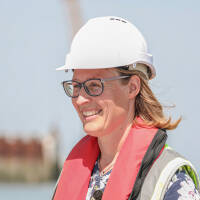
Once arrived at the storm surge barrier, our team could take on the final challenge: the installation on the seabed of the access channel, between the two abutments. With a completely submerged construction and a tolerance of only one centimetre, the operation was a daring feat for all partners involved. Besides the crane vessel, we had two cranes operating from the shore, different teams in the threshold and on both sides of the shore, and divers on stand-by. An important role was set out for the survey team, which guided us to the exact location, with the help of a set of horizontal and vertical beams. After some finetuning with a set of hydraulic jacks, the water pressure pushed the threshold to shore, creating a firm connection between both abutments.
A heavy lift crane vessel transported the threshold under water to the storm surge barrier in Nieuwpoort. Each tidal cycle, we only had a limited timeframe to reach our final location. From three hours before high tide until three hours after, the channel was deep enough for the threshold to enter the access channel. On top of that, we had to adhere strict weather limitations, both on wind strength and wave height. A detailed tidal planning guaranteed the safety, efficiency and success of the operation.
Two tugboats transported the threshold to Ostend, where the water was deep enough to submerge the construction. After an immersion operation of 20 hours, the weight dropped to 1,200 tonnes, thanks to the Law of Archimedes. This was also the first time that we could test the water tightness of the threshold.
Installation
24 h
Ostend – Nieuwpoort
6 h
Kallo – Ostend
12 h

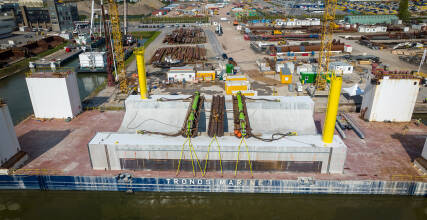






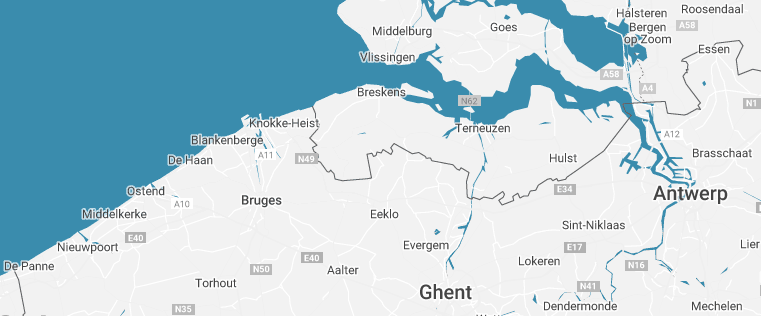
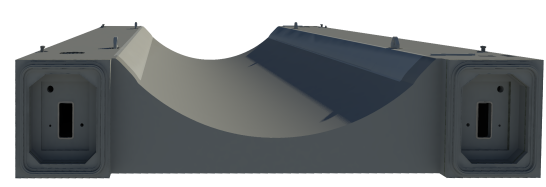
Relive the challenging journey of 42 hours.
The engineers of Jan De Nul worked out a solution to make the impossible possible. They proposed to build the threshold on a pontoon, that could later be immersed. By transporting the threshold under water, they were able to reduce the weight to 1,200 tonnes. Then, it was time for the most difficult part: the installation of the threshold in the access channel.



Hours
Km
tonnes
The storm surge barrier in Nieuwpoort protects our coastline against heavy storms that occur every 10 years. Even more, it can withstand a 1000-year storm with waves up to 8 metres high. One of the components of this ingenious construction is a 4,500 tonnes threshold, installed on the seabed of the access channel. To minimize the impact on shipping and the port’s activities, the threshold was constructed on a barge 105 km away. The biggest challenge, however, was yet to come: the transportation and installation of such a large structure, and the installation with a tolerance of only one centimeter.
Around 3.3 to 3.6 billion people are extremely vulnerable to the consequences of climate change. Some of the most affected areas are the European coastlines. Their inhabitants are threatened by rising sea levels and heavy storm surges. In Flanders, the government works together with private partners to protect the 67 km long coastline and the hinterland. A storm surge barrier in Nieuwpoort is one of the masterpieces.


